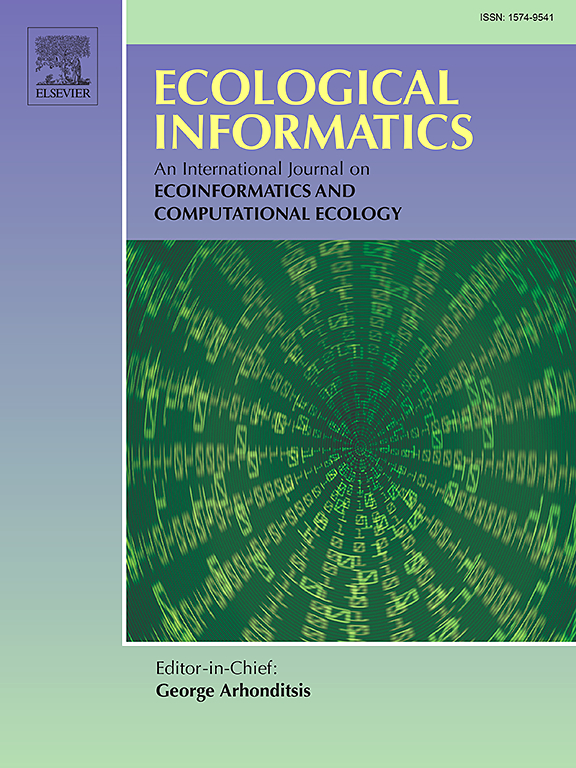BEHAVE - facilitating behaviour coding from videos with AI-detected animals
IF 5.8
2区 环境科学与生态学
Q1 ECOLOGY
引用次数: 0
Abstract
Applying video recording to investigate behaviour of wild animals reduces field workload, enhances data accuracy, and minimises disturbance to animals. However, extracting information from collected video data remains a cumbersome and time-consuming task if not, at least partly, automated. Recent advancements in artificial intelligence (AI) offer automatic detection of target animals in video streams, however integrating these detections with software to annotate behaviours is missing. In addition, programs that are able to do these AI detections are often not easy to install or require specialised hardware to run. To address this gap, we introduce BEHAVE, a user-friendly, open-source, free, zero-install tool for coding animal behaviour in video recordings. BEHAVE can use the results of AI detections to skip sections of the video, can extract timestamps from video data, and supports programmable ethograms. The results are saved in a .csv file for further processing. BEHAVE includes a component that allows doing AI detections, on non-specialised hardware, also in a zero-install, user-friendly way. Due to these advantages, the behaviour coding process can be significantly accelerated, resulting in well-organised and readily exportable/importable data.
行为-促进与人工智能检测动物的视频行为编码
应用视频记录来调查野生动物的行为可以减少现场工作量,提高数据准确性,并最大限度地减少对动物的干扰。然而,从收集的视频数据中提取信息仍然是一项繁琐而耗时的任务,如果不是,至少部分,自动化。人工智能(AI)的最新进展提供了对视频流中的目标动物的自动检测,然而,将这些检测与软件集成以注释行为尚不存在。此外,能够进行这些人工智能检测的程序通常不容易安装,或者需要专门的硬件来运行。为了解决这一差距,我们介绍了BEHAVE,这是一个用户友好,开源,免费,零安装的工具,用于在视频记录中编码动物行为。BEHAVE可以使用人工智能检测的结果跳过视频的部分,可以从视频数据中提取时间戳,并支持可编程的表情图。结果保存在.csv文件中以供进一步处理。BEHAVE包含一个组件,允许在非专业硬件上进行人工智能检测,也是零安装,用户友好的方式。由于这些优点,行为编码过程可以显著加快,从而产生组织良好且易于导出/导入的数据。
本文章由计算机程序翻译,如有差异,请以英文原文为准。
求助全文
约1分钟内获得全文
求助全文
来源期刊

Ecological Informatics
环境科学-生态学
CiteScore
8.30
自引率
11.80%
发文量
346
审稿时长
46 days
期刊介绍:
The journal Ecological Informatics is devoted to the publication of high quality, peer-reviewed articles on all aspects of computational ecology, data science and biogeography. The scope of the journal takes into account the data-intensive nature of ecology, the growing capacity of information technology to access, harness and leverage complex data as well as the critical need for informing sustainable management in view of global environmental and climate change.
The nature of the journal is interdisciplinary at the crossover between ecology and informatics. It focuses on novel concepts and techniques for image- and genome-based monitoring and interpretation, sensor- and multimedia-based data acquisition, internet-based data archiving and sharing, data assimilation, modelling and prediction of ecological data.
 求助内容:
求助内容: 应助结果提醒方式:
应助结果提醒方式:


